The Topography of Emotion: New Study Maps Feelings in the Body
Bodily topography of emotions associated with words (via pnas.org)
A new study by a team of Finnish researchers recently published in the journal Proceedings of the National Academies of Sciences (PNAS) analyzes where we feel emotions in our bodies. Through color-coded visualizations that show different emotions, the team discovered where we physically experience a total of 14 different sensations, including love, anxiety, depression, fear, sadness, and happiness.
The researchers worked with a group of 773 participants (including a control group of 72) from Finland, Sweden, and Taiwan. Participants were shown various stimuli and asked to identify on body silhouettes where the accompanying emotions were felt. Interestingly but not surprisingly, most of those stimuli were art — short stories, which were all vignettes written by the scientists that described emotional events such as driving to the beach with friends (happy) and encountering a dying child at the hospital (sad), and 10 second movies clips sourced from a variety of feature films. The scientists also used photographs depicting facial expressions.

Basic emotions triggered by narrative (via pnas.org)
According to the data visualization, love, happiness, anger, pride, and anxiety are felt more strongly in the upper regions of the body — in the heart and head, mostly — whereas sadness, depression, and shame are more strongly concentrated in the limbs. Interestingly, surprise and envy circulate strongly in the upper chest and head, which may suggest a correlation between the two. Negative emotions often leave us feeling “cold,” whereas positive ones literally light up the body, making us feel as if we’re on fire.
Further breakdowns of bodily topography of basic emotions (anger, fear, disgust, happiness, sadness, surprise and neutral) by narratives, movies, and other peoples’ facial expressions reveal additional insights. Watching emotional movies triggers a range of only five emotions (fear, disgust, happiness, sadness, and neutral), whereas emotional imagery guided by narratives and emotions inferred from other peoples’ emotional expressions bring about a wider range that includes anger and surprise. Films provide visual imagery which already exists in the empirical world (exterior) and must then be processed emotionally, whereas narrative stories necessitate that the participant has their own individual experience (interior) of the text. Both narratives and films offer constructed, fictionalized realities, and the emotional maps of bodies based off of other peoples’ facial expressions show more intensified experiences of surprise and happiness than those triggered by narrative.

Bodily topography triggered by emotional movies (above) and expressions (below) (via pnas.org)
With this study, the scientists intend to further emotion research; their results, they say, could “even provide a biomarker for emotional disorders” and assist in helping better understand mood disorders such as anxiety and depression. They propose that these body emotion maps are culturally universal, which would mean there’s a distinct biological basis for how we feel. “These sensations,” they write, “could underlie our conscious emotional experiences.”










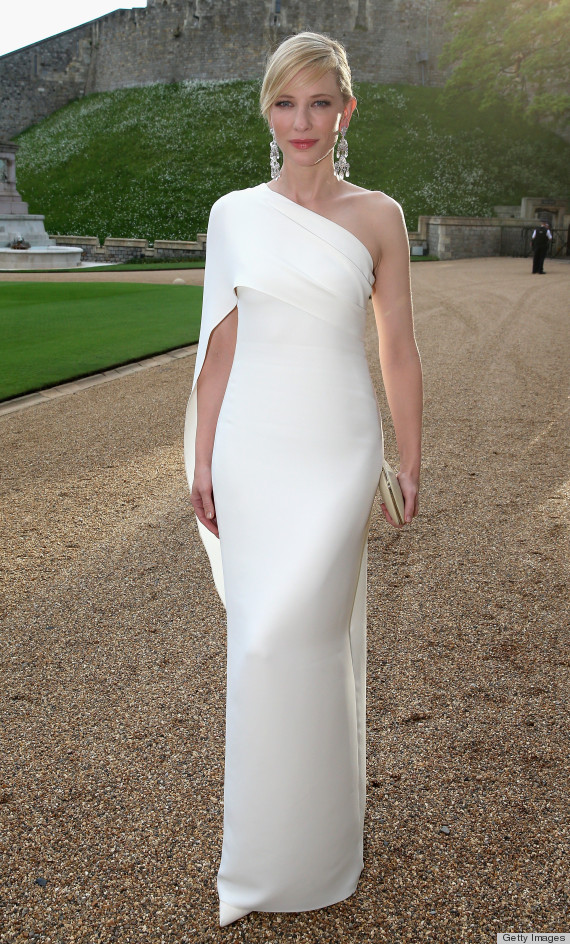
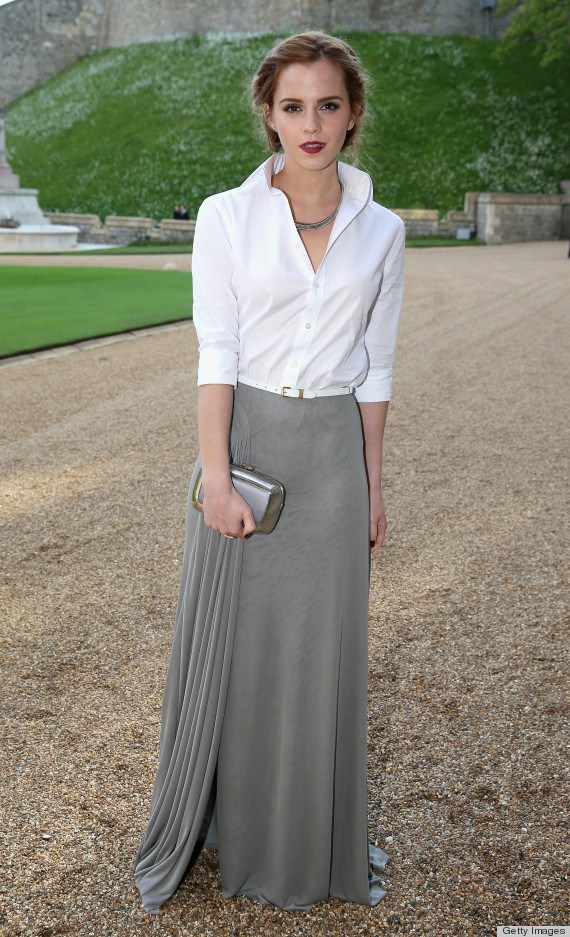
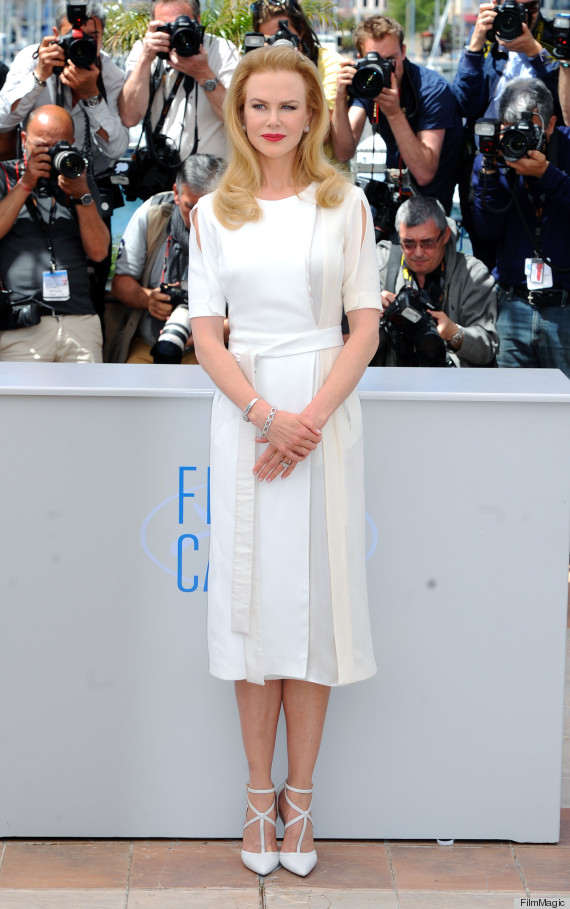
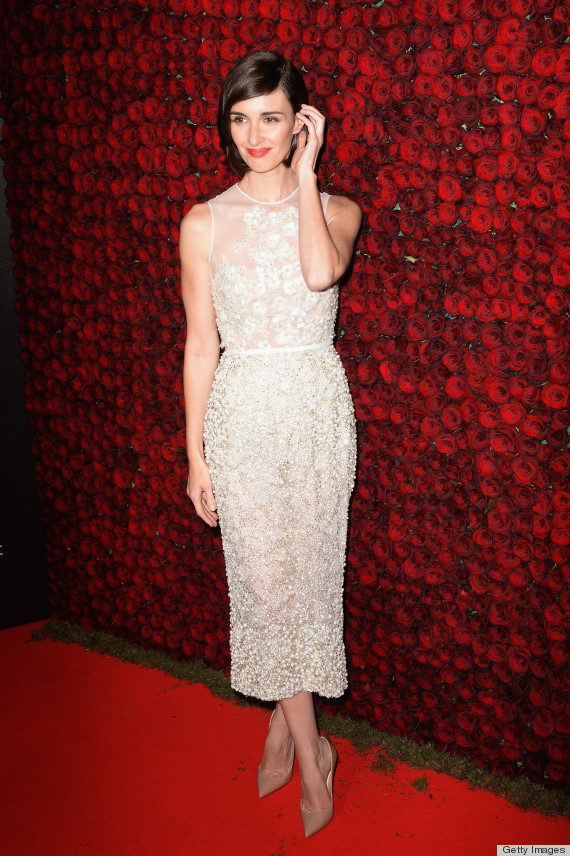
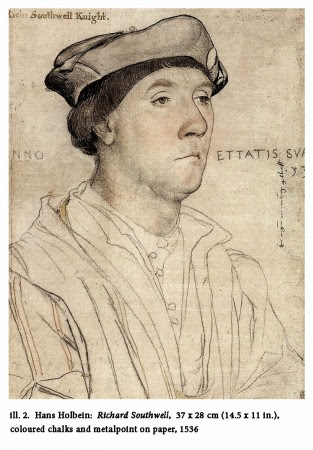




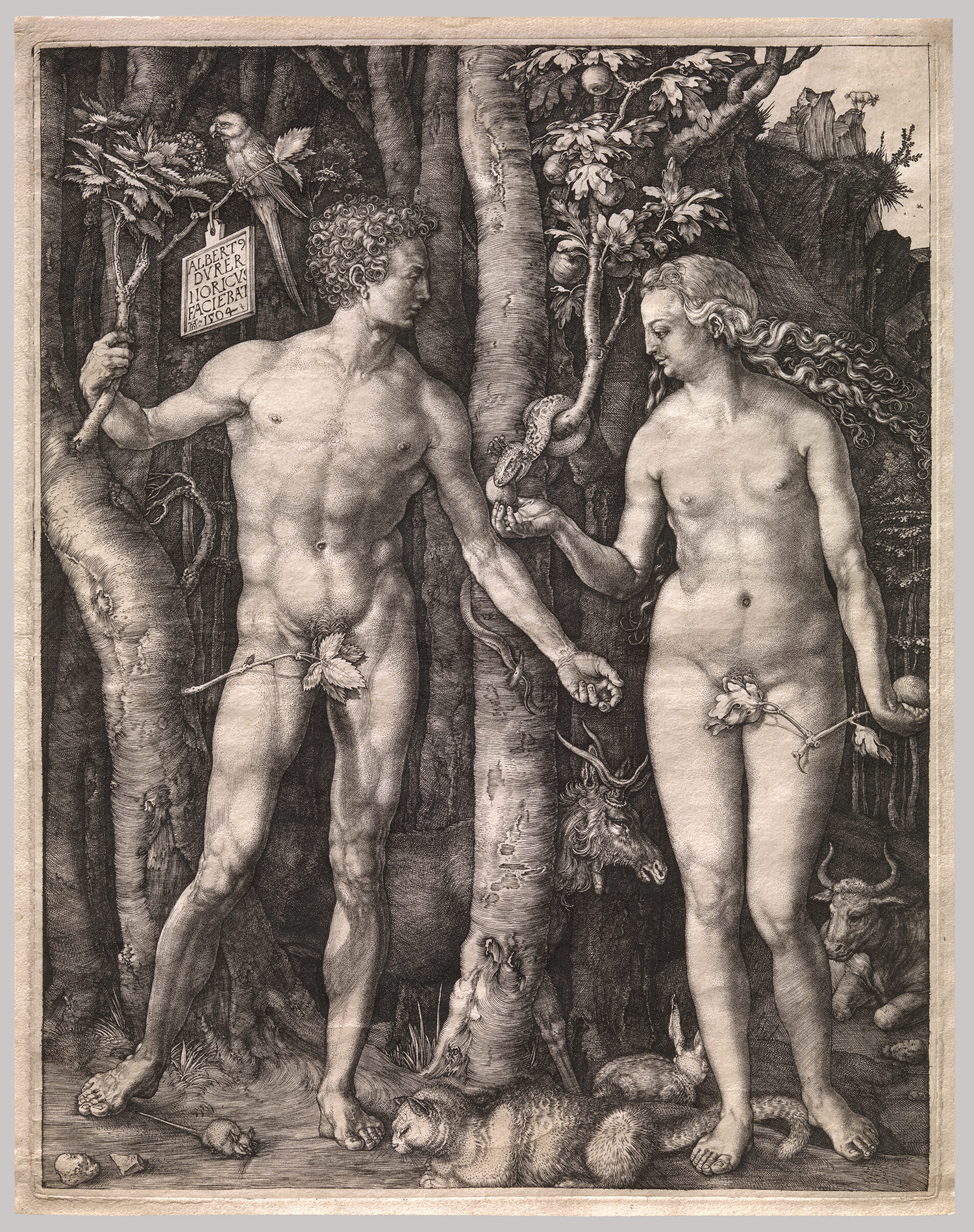
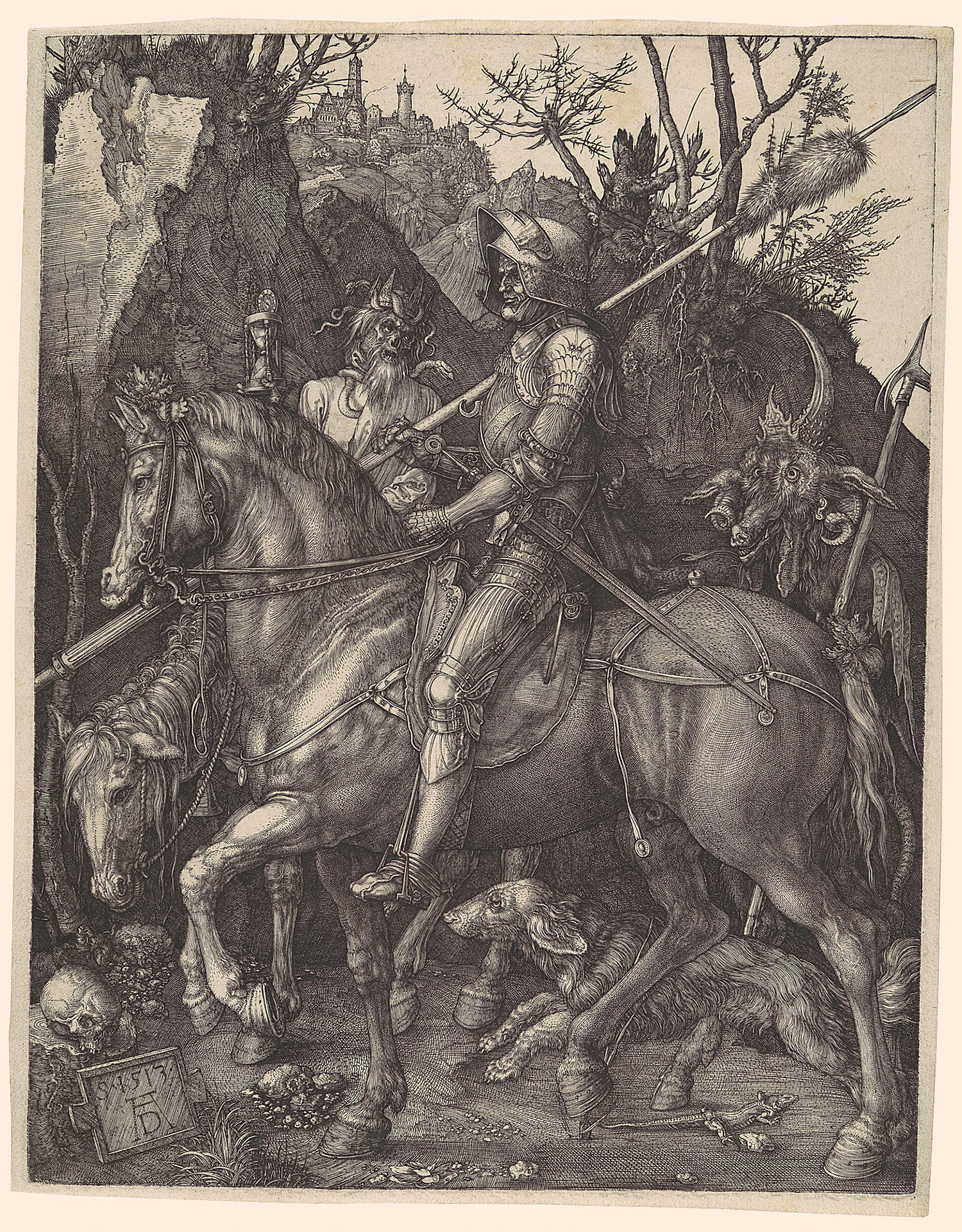
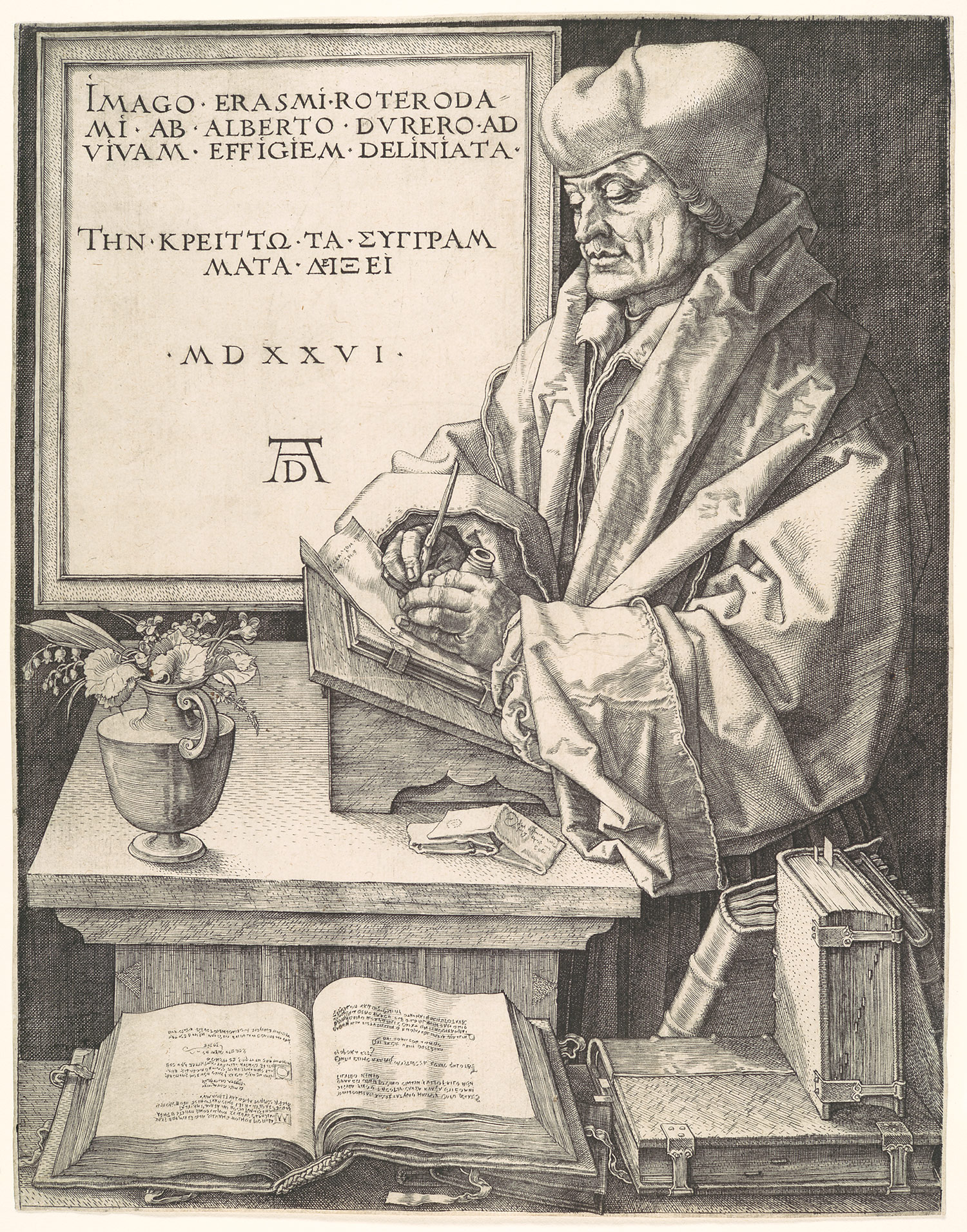 captured by the artist in a shrewd
captured by the artist in a shrewd 